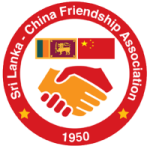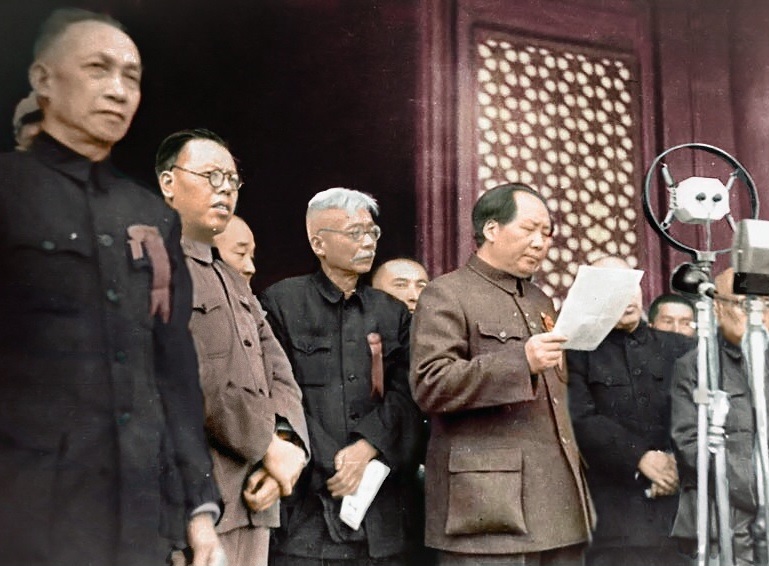On October 1, 1949, 300,000 soldiers and local citizens assembled in Tian’anmen Square to attend the grand founding ceremony of the Central People’s Government of the People’s Republic of China (PRC).
At 14:00, the Central People’s Government Council elected by the First Plenary Session of the Chinese People’s Political Consultative Conference (CPPCC) held its first meeting. Mao Zedong, chairman of the Central People’s Government, vice chairpersons Zhu De, Liu Shaoqi, Soong Ching Ling (1893-1981), Li Jishen (1885-1959), Zhang Lan (1872-1955) and Gao Gang (1905-1954), Zhou Enlai and 55 other members of the Council took office. The meeting passed a resolution that announced the establishment of the Central People’s Government and adopted the Common Program of the Chinese People’s Political Consultative Conference as the administrative guideline of the new government.
After the meeting, all the participants mounted the Tian’anmen Rostrum for the founding ceremony of the People’s Republic. At 15:00 hrs, Lin Boqu, secretary-general of the Central People’s Government Council, announced the start of the ceremony. Mao Zedong solemnly proclaimed: “The Central People’s Government of the People’s Republic of China is founded today.” He pressed a button and hoisted the first five-star red flag of New China. He then read the No. 1 Proclamation of the Central People’s Government. This was followed by a military review and a grand parade.
The founding of the People’s Republic was a grand event in the history of China, and one of the greatest world events of the 20th century, demonstrating the victory of the Chinese people’s anti-imperialist and anti-feudal new democratic revolution under the leadership of the CPC. No more would a small number of exploiters rule the Chinese people and the imperialists enslave the Chinese nation. The Chinese people stood up and became masters of the state. It marked China’s great transition from several thousand years of feudal autocracy to a people’s democracy, and a new era began for the Chinese nation.
Original writeup by The Academy of Contemporary China and World Studies, The Centenary of the CPC Special Edition http://www.china.org.cn/

